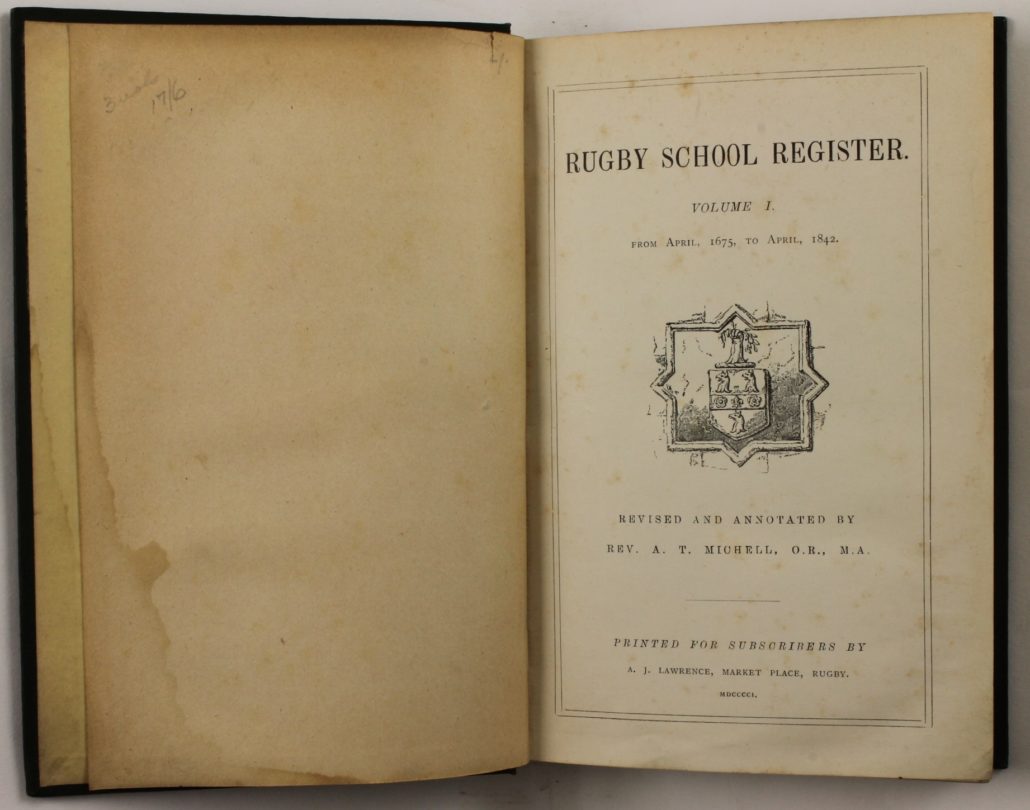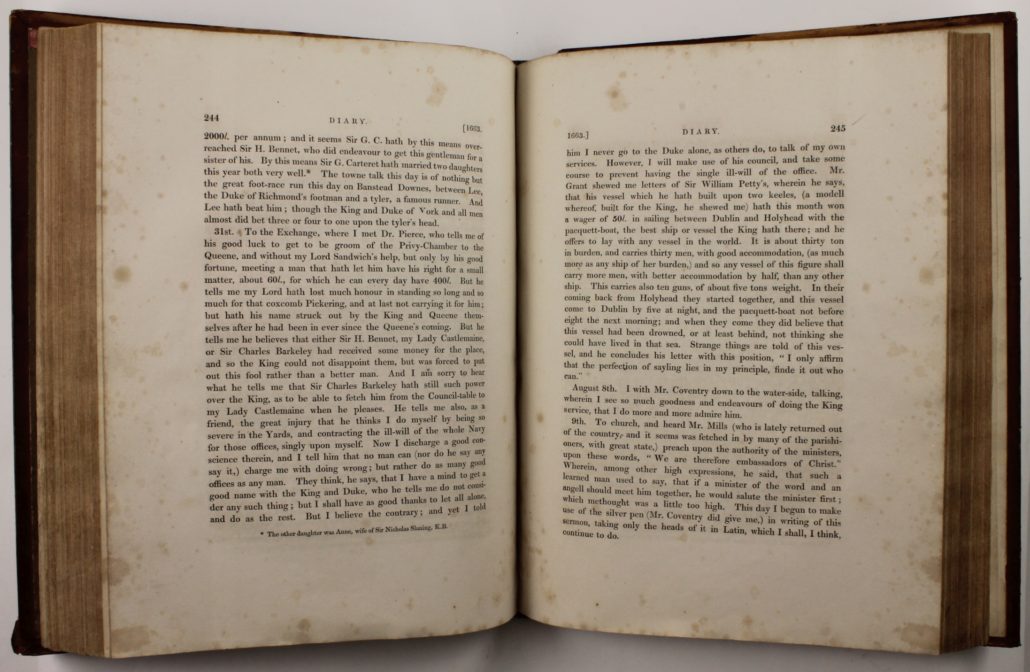
To link with the 148th Open at Royal Portrush in July 2019, this exhibition tells the story of the many outdoor sports organisations in Armagh, both past and present.
Armagh City has been the home to many outdoor sports and pursuits since the late 17th Century. While some sports are still alive and kicking, others have quietly disappeared from the map and memory.
To link with the 148th Open at Royal Portrush in July 2019, this exhibition tells the story of the many outdoor sports organisations in Armagh, both past and present.
Bowling | 1676-1713
Rent Rolls of the See of Armagh in Three Volumes From 1615 to 1746,Copied from the Originals By J. Dean J. Dean 1934 P001209864
Bowling is a target sport: in pin bowling, players aim to knock over pins at the end of a lane with a bowling ball. In target bowling, the aim is to get the ball as close to a mark as possible.
There is evidence that there were bowling greens in Armagh in the late 17th and early 18th centuries.
The 1676 rent roll makes reference to a bowling green in Scotch Street:
Jas Judson. Marke Midleton present tenant
A parcell of ground lying in the back of the house of correction in the lower end of the Scotch Street formerly set out for a bowling green. […]
The last mention of a bowling green in Armagh appears to have been in the 1713 rent roll.
Horse Racing | Pre-1760-1773
An Act for Settling and Preserving a Publick Library in the City of Armagh Forever, and for Enabling the Archbishop of Armagh to Appropriate Parts of a Piece of Waste Ground Contiguous to the Said City, to Certain Uses, for the Benefit of the Inhabitants thereof, and to Make Long Leases of the Remainder 1773 P001176869
According to records, horse racing has been a part of Irish history since at least 60 AD.
Armagh had its own racecourse up to the late 18th Century: on the 1760 Rocque map, the words The Horse Course are placed around the then Commons. A starting post and winning post are also marked on the map.
In 1773, however, this all changed. In the 1773 Act of Parliament, Archbishop Robinson stipulated that the Commons should be transformed into a mall.
The Mall should consist of a large open area with walkways, to be used for walks, holding fairs and markets and for other uses
to be most advantageous to the Inhabitants of the said City.
The horse course does not appear on any later maps, however, the Mall has remained a public park.
Archery | 1835-1860
The compleat gamester; or Full and easy instructions for playing at all manner of usual and most genteel games after the best method. Charles Cotton 1721 P00119526x
The bow was an important weapon for both hunting and warfare from pre-historic times, until gunpowder was introduced in the 16th Century.
In the chapter on archery from the Gamester, several references are made to the fact that archery is no longer of use in military affairs, as
there being found out more dextrous and speedy Ways to kill, and destroy one another.
In the late 18th Century, archery enjoyed a revival, when members of the upper class took it up as a pastime.
In Armagh there is evidence of two archery butts on the 1835 OS map on the east side of Irish Street, just outside the Palace Demesne.
When the Archery Club was founded in 1862, the butts were moved to Lisanally Lane where they were in use until 1914.
Tennis | 1878-1914
Divertissemens Innocens, contenant les Régles du Jeu des Echets, du Billard, de la Paume, du Palle-Mail et du Trictrac. [s.n.] 1696 P001355666
Tennis is said to have evolved from a courtyard ball game invented in the 12th Century by French monks. This game ‘jeu de paume’ was played with the bare palm of the hand, ‘paume’.
The game became popular in Europe when royalty learned to play, who then introduced the wearing of gloves. By 1500, wooden rackets with gut strings were widely in use. The game was then called real or royal tennis. The name tennis is said to come from the French word ‘Tenez!’ meaning ‘take!’.
Lawn tennis was introduced in the second half of the 19th Century.
In Armagh the Lawn Tennis Club opened in 1878. By 1888 there were five grass tennis grounds, serving over 100 members. While the tennis club closed in 1914, the tennis grounds remained open for several decades afterwards.
The frontispiece from Divertissemens shows two characters standing in the centre left playing jeu de paume, with gloved hands.
Road Bowls | 16th Century -present
The Works of the Revd Philip Skelton : Consisting of Dialogues, Discourses, Essays, &c. […] Philip Skelton 1770 P001007579
Road bowls or ‘Bullets’ is a game played with a 28 oz iron bowl over an approximate three mile stretch of country road: the winner is the player to cover the distance in the least number of shots or throws.
Two theories circulate on how road bowls came to Ireland: one suggests that the sport arrived with Dutch soldiers supporting William of Orange, the other with Yorkshire linen workers.
Nowadays road bowls is primarily played in counties Cork and Armagh.
Revd Skelton, who came from County Antrim, described long bullets as his favourite pastime. One anecdote (entry 50) recounts how he was hit on the head by a bullet during a game. Skelton assumed this happened because he had omitted to pray, after first getting up, in his haste to get to the game,
I […] do heartily bless God for the blow I received, as proof over his watchfulness over me, and cannot help expressing some fear, that they who ask not God’s protection, and yet go unchastised, are deserted by him.
Football | 1864-present
Football has been played in Ireland from the 1860s, mainly in Ulster. From the 1880s onwards, the game spread to other areas of the country.
*
Armagh City Football Club was founded in 1864 as Milford Everton in the village of Milford, just outside the city. The original name was in honour of the founder’s favourite English team, Everton.
Milford is the village were the penalty kick was first introduced in 1890. Local goalkeeper, William McCrum, and son of the founder of Milford village, suggested the penalty kick as a way of dealing with fouls near the goal. The site is now a public park with a monument to William McCrum.
In 1988 the club relocated to Armagh and was renamed Armagh City FC. They played at the Mill Field from 1988 to 1993, when they moved to their current ground, called Holm Park.
Golf | 1893-present
The Acts of the Parliaments of Scotland [1124-1707] Thomas Thomson (edt) 1814-1844 P00147178x
Golf has a long history, assumed to have originated in Scotland. The first written evidence of golf dates from 1457, when the Scottish Parliament of King James II banned golf along with football, as it interfered with archery practice and military training for the war. Entry 6 reads:
It is decreed and ordained that archery displays should be held by the lords and barons both spiritual and temporal four times in the year. And that football and golf be utterly condemned and stopped. […]
And concerning football and golf, we ordain that those who do play be punished by the local barons and, failing them, by the King’s officers.’
County Armagh Golf Club was formed in 1893 by the Armagh Archery and Lawn Tennis Club, in response to the growing demand by many of its members.
The land in the Palace Demesne was granted by the son of Archbishop Marcus Gervais Beresford, and is still in use to this day.
Cricket | 1859 – present
The Royal Dictionary : French and English, and English and French : Extracted from the Writings of the Best Authors in Both Languages […] Abel Boyer 1729 P001393282
It is believed that a form of cricket has been played since Saxon or Norman times in south-east England. The earliest known cricket match was mentioned in a 1640 court case which recorded a ‘cricketing’ in Kent about 1611.
In the same year, a French-English dictionary defined the noun crosse as ‘the crooked staff wherewith boys play at cricket’, and the verb crosser, defined as ‘to play at cricket’.
The earliest known reference to a cricket match in Ireland is from August 1792 when the British garrison played an ‘All-Ireland’ team in Phoenix Park, Dublin.
Cricket has been played in Armagh since July 1845. In that month the owner of the Beresford Arms Hotel leased part of the Mall for the ‘amusement of the public’ and ‘several spirited games of cricket’ were played on the site.
Armagh Cricket Club was formed in 1859 and in two years later, a lease was drawn up with the Mall Trustees to use part of the Mall for cricket matches.
Rugby | 1875-present
Rugby School Register, Volume I, From April 1675, to April 1842 A.T. Mitchell 1801 P001296953
In 1820 the game of rugby was played at Rugby School, England, and was similar to football. The main difference was that players were allowed to catch the ball and kick it out of their hands.
In 1823 one pupil, William Webb Ellis, disobeyed the rules and became the first player to run with the ball. It took until 1830 for the rule to be adopted formally, allowing players to run with the ball.
Webb Ellis is commemorated in the Rugby School Register.
The rules of rugby were written down by its school boy players, but not until 1845.
City of Armagh Rugby Club is one of the oldest clubs in Ireland. Records exist of games being played in the early 1870s but the acknowledged date of the Club’s foundation is 1875. In 1973 the Club moved to the Palace Grounds where three pitches were laid and training lights installed.
Gaelic Football & Hurling | Pre-1889-present
Gaelic games have been in existence for a very long time. The Tailteann games, an ancient Celtic sporting festival, began in the 2nd Century BC. The first record of Gaelic football is in the Statutes of Galway (1527) which allowed the playing of football but banned hurling.
The Gaelic Athletic Association (GAA) was established in 1884 to preserve the Gaelic games and athletic pastimes. It now regulates four specific games: Gaelic football, hurling, camogie and handball.
Armagh has a long tradition of Gaelic football. Several clubs were already in existence before the formation of the GAA County Board in 1889.
At present there are three clubs in Armagh: Pearse Óg GFC, Armagh Harps GFC, and Ulster Ladies GFC Armagh.
Road Racing | 1933-present
Memoirs of Samuel Pepys. Comprising His Diary From 1659 to 1669, Deciphered By the Rev. J. Smith, from the Original Short-Hand Ms. In the Pepysian Library, and A Selection From His Private Correspondence Richard, Lord Braybooke 1825 P001148369
Road running appears to have its roots in ‘footmen races’ of the 18th Century. Footmen servants had to run alongside their masters’ carriages. To find out who ran the fastest, long-distance races were organised and bets placed.
In his diaries, Samuel Pepys makes reference to a footrace run on 30th July 1663, between a footman and a tiler. Many men, including the King, seemed to have lost money, when the favourite tiler failed to win the race!
Armagh Athletics Club was established in 1933 as the Armagh City Harriers & Athletic Club. It exists to promote athletics, from track and field to cross country, and from road running to mountain running.
The International Road Race, held in February each year on the historic Mall, attracts many international stars from the running circuit.


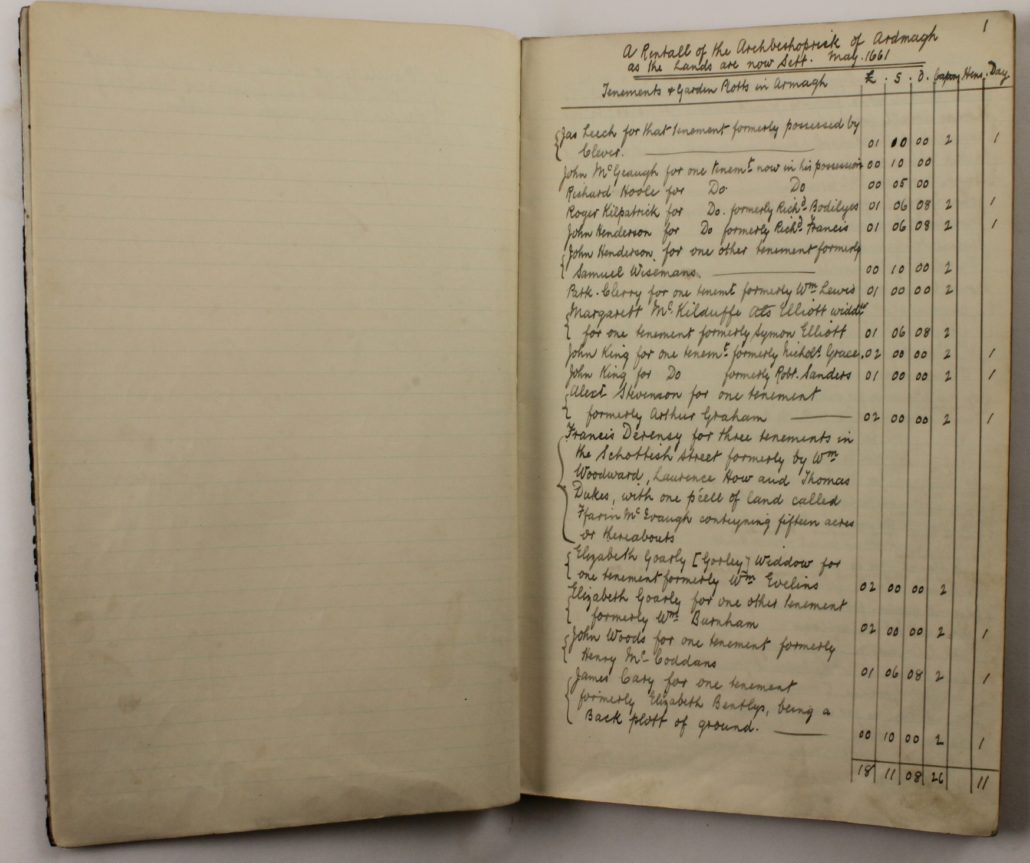
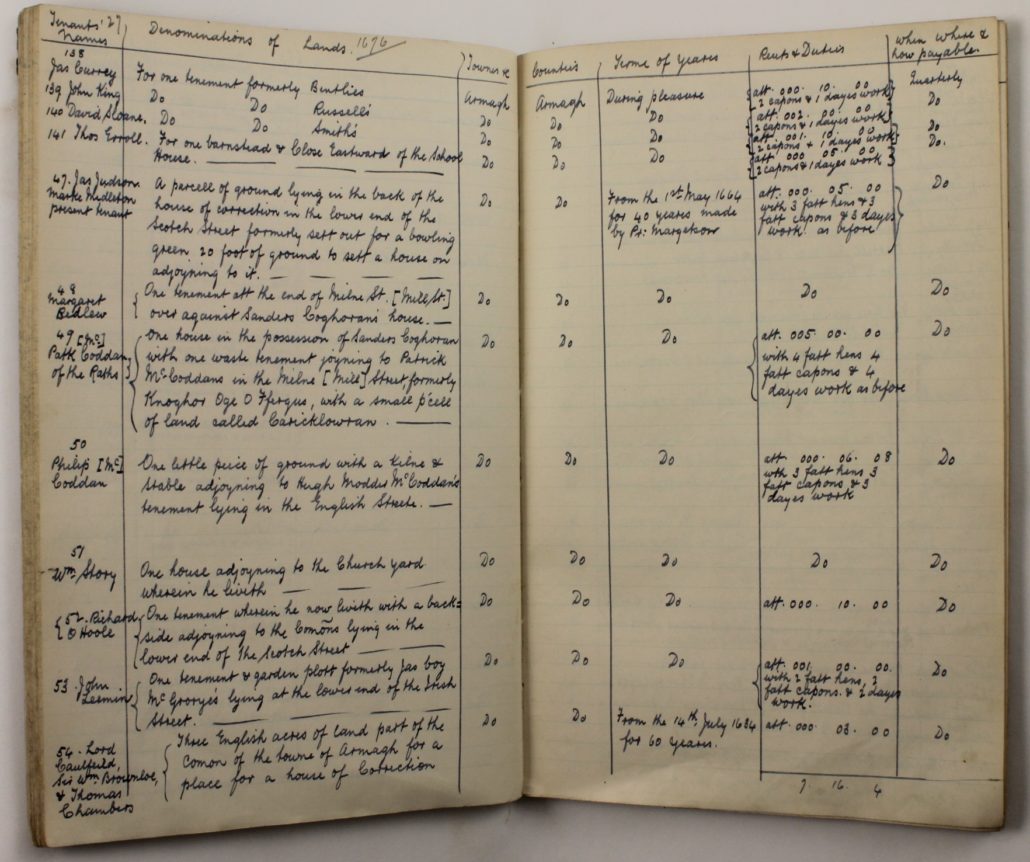
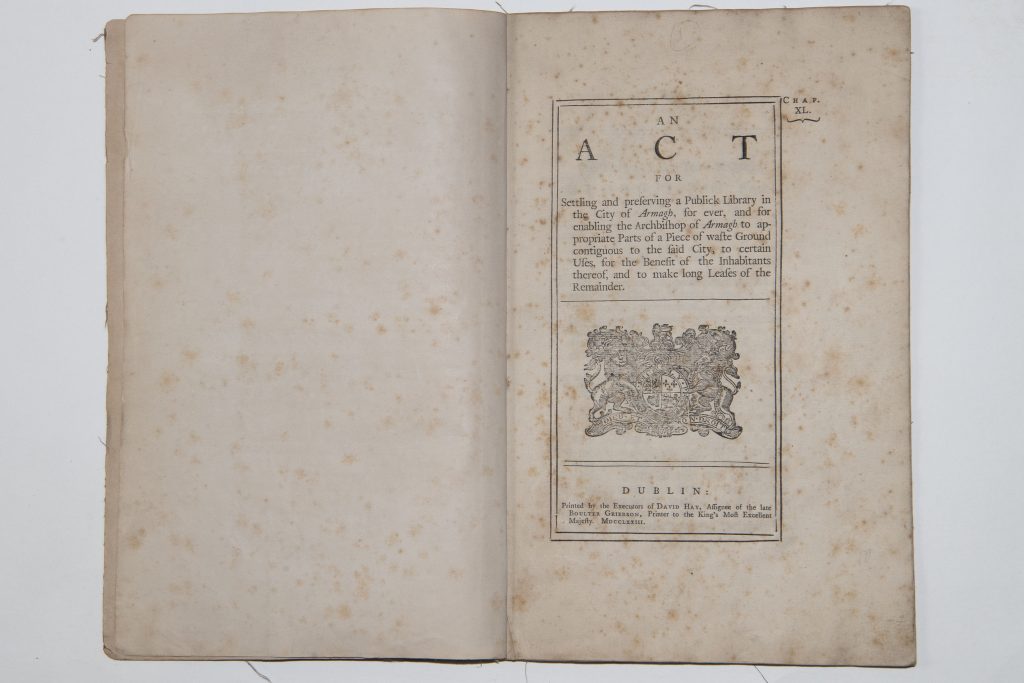

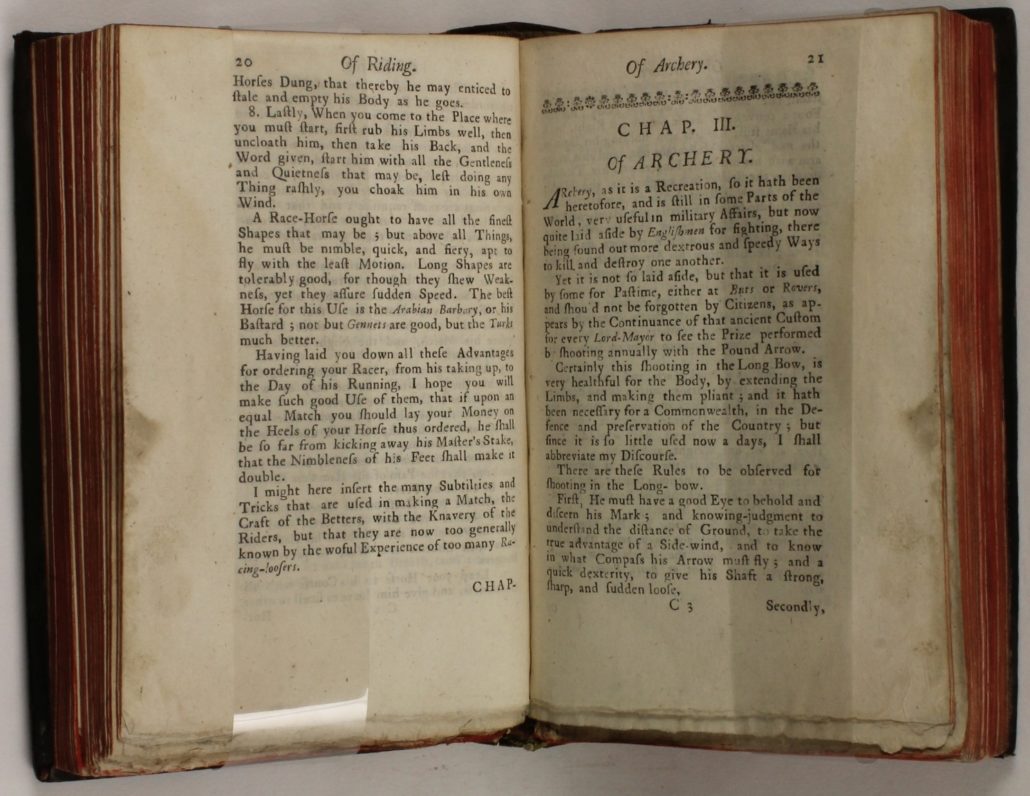

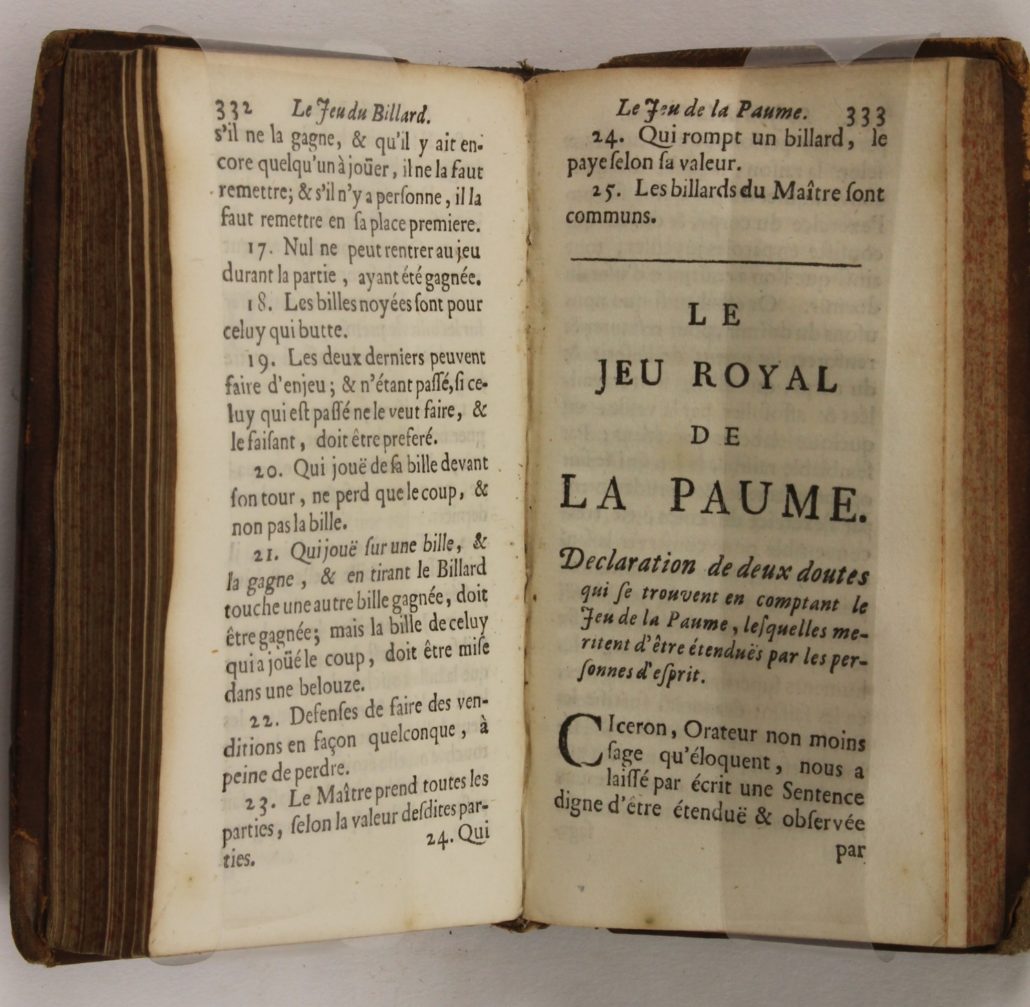
![Title page of The Works of the Revd Philip Skelton : Consisting of Dialogues, Discourses, Essays, &c. […]](https://armaghrobinsonlibrary.co.uk/wp-content/uploads/2020/07/Sport-Skelton-title-scaled.jpg)
![Page 522-523 of The Works of the Revd Philip Skelton : Consisting of Dialogues, Discourses, Essays, &c. […]](https://armaghrobinsonlibrary.co.uk/wp-content/uploads/slider128/Sport-Skelton-p522-scaled.jpeg)
![Title page of The Acts of the Parliaments of Scotland [1124-1707]](https://armaghrobinsonlibrary.co.uk/wp-content/uploads/2020/07/Sport_actScotland_title-scaled.jpg)
![Page 48-49 of The Acts of the Parliaments of Scotland [1124-1707]](https://armaghrobinsonlibrary.co.uk/wp-content/uploads/slider122/Sport_ActScotland_p48-scaled.jpeg)
